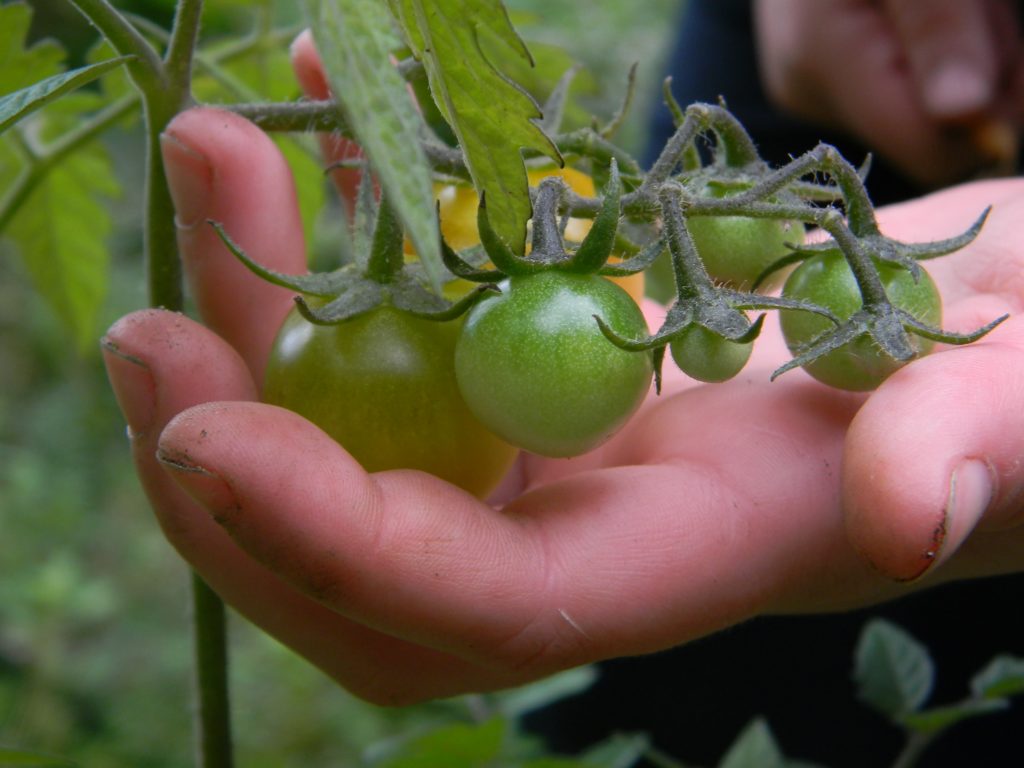Nov 23, 2022
California governor to consider increasing organic farming to 30% of all ag production by 2030
A European Union policy goal to exponentially increase organic farming to 30% of all agricultural production by 2030 is expected to be considered by Gov. Gavin Newsom for next year’s budget.
A new economic analysis says, however, that such a plan would dramatically increase the price of food for many consumers and jeopardize the solvency of organic farms.
California currently has an estimated 7.35 million acres of irrigated cropland, of which 460,000 acres — or 6% — is certified as organic and not all of that is farmed in any given year.

A preliminary analysis by ERA Economics, a Davis-based consultancy specializing in the economics of agriculture and water resources in California, focused on the potential challenges of applying the EU standards to one California crop: tomatoes. The state produces 95% of America’s processing tomatoes and the total annual tomato crop is valued at $1.2 billion.
Only 5% of California’s 228,000 processing tomato acreage is currently needed to meet consumer demand for organic. The study found that reaching 30% organic production by 2030 would cause substantial disruptions to the market. The farmgate price of conventional tomatoes was estimated to rise by more than 11%. And, importantly, the price for organic tomatoes was estimated to fall by 28% at the farmgate level—potentially putting the market price below the cost of production.
That could mean organic farmers would be forced to cease production, sell, or farm something else—a result that could potentially crash the organic market and ultimately drive-up consumer prices. Mandating an increase in organic acreage without a clear connection to consumer demand could result in market disruptions that would hurt farmers, farm employees and consumers alike, the study noted.
Any initial organic price drop would mostly benefit wealthier consumers who purchase organically grown products, with lower-income customers paying more for traditionally grown products. All tomato farmers, organic or not, could see reduced profits, according to the analysis.
“Farming works when we are able to grow what the consumer actually wants and not what government mandates. California consumers are already struggling to afford higher prices for food than other states because of government mandates and these types of proposals just make things worse,” said Jamie Johansson, president of the California Farm Bureau. “When the government increases the price of food, it acts like a regressive tax, hurting lower- and middle-income families the hardest. At the end of the day, the government needs to let organic markets grow organically.”
The study was funded by Californians for Smart Pesticide Policy, a coalition of farmers and businesses that rely on farmers, focused on educating policymakers on the benefits of modern scientific agricultural tools. It was undertaken on behalf of the California Bountiful Foundation, the 501(c)(3) science and research arm of the California Farm Bureau. The full report may be found at https://www.californiabountifulfoundation.com/research/.
Findings by ERA Economics include:
• To increase organic acreage for processing tomatoes from an average of 4% to 30% would represent a five- to six-fold increase in current acreage. Tomato growers and processors interviewed for the analysis confirmed industry data regarding consumers’ finite desire to purchase organic tomato products.
• Tomato growers may specialize in organic, non-organic or both, depending on market demands and conditions. By mandating a specific growing method, it could greatly impact the ability of farmers to keep their operation sustainable, both financially and as they encounter other challenges, such as climate change and pests and disease.
• Both conventional and organic farmers of processing tomatoes face risks of economic losses. Conventional growers, with likely reduced acreage, could see a 17% potential downside cost from expected earnings.
• Organic production presents greater risk of crop failure, higher production costs and lower crop yields. As a result, organic farmers are likely to see less stability. They face a potential downside cost of 36% of anticipated net returns, making it potentially unprofitable to grow organic processing tomatoes.
The California Farm Bureau works to protect family farms and ranches on behalf of nearly 29,000 members statewide and as part of a nationwide network of 5.3 million Farm Bureau members.






